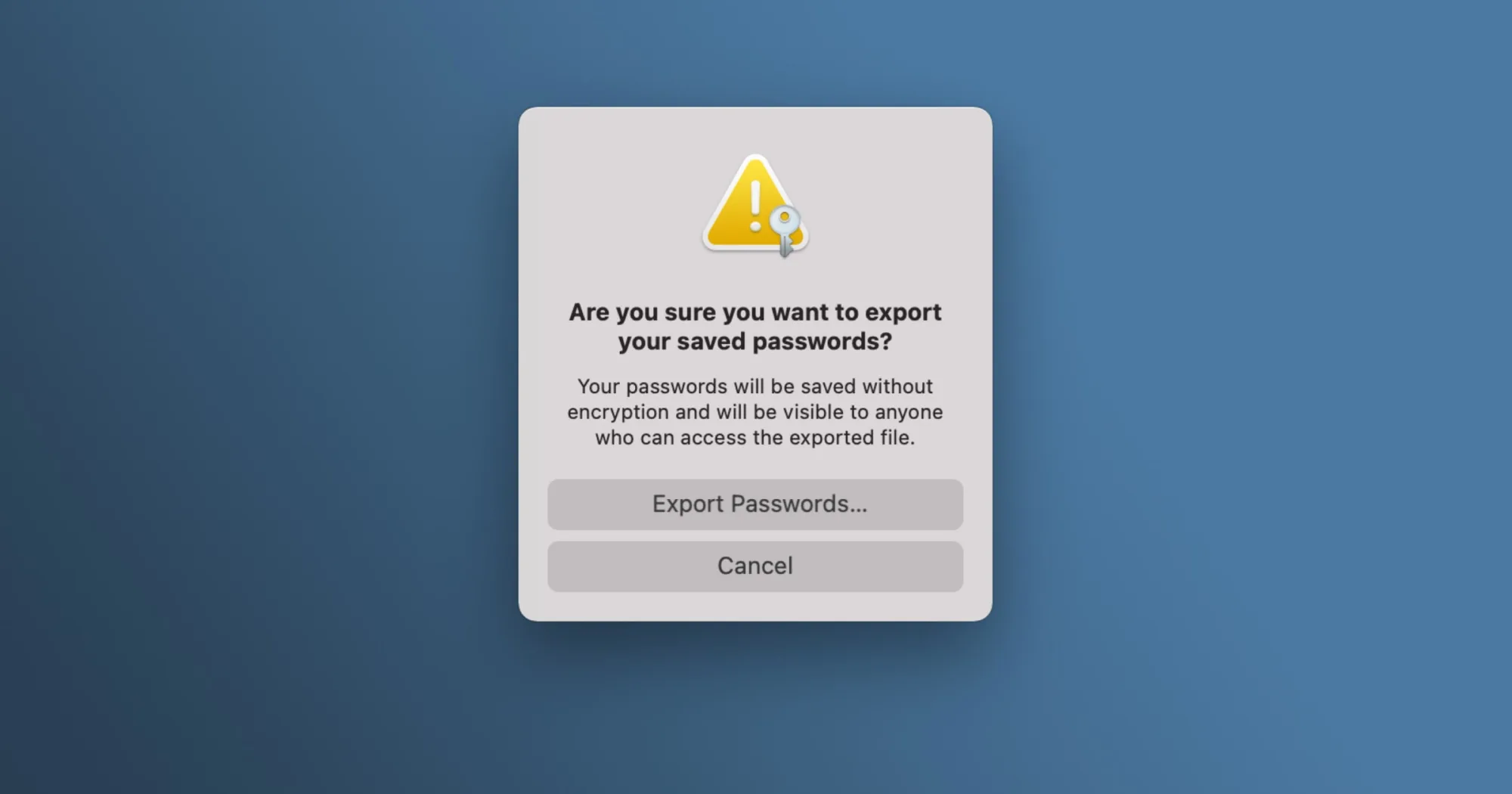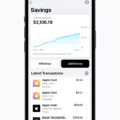Safari is a great way to keep your passwords safe, but sometimes you need to export them for use on anoher device or just for safekeeping. Fortunately, exporting passwords from Safari is easy and can be done in just a few steps.
The first step is to open the Safari browser and select Safari > Preferences. Then select the Passwords icon and enter your device’s password if prompted. After that, click the three dots icon and select Export Passwords. This will open a dialog box to confirm that you wish to export your passwords, so select OK to create a file. The file will be saved as a .csv file, which stands for comma-separated values, and can be opened by most spreadsheet programs like Excel or Numbers.
Once you have saed this file, you can transfer it to another Mac by copying the keychains folder containing the keychain items (for example, certificates and keys). To do this locate the keychain files you want to transfer, select them, then press and hold the Option key and drag them into another folder. Then transfer the folder containing these items to your new computer.
Finally, if you want to save all of your website login information at once you can use Command + A on one site; this will select them all. Click “Show passwords for selected websites” and enter your administrator password if prompted. From there you can open up any word processing program like Word or Pages and type out each website/login name/password combination and print it off for safekeeping or transfer it electronically as needed.
Exporting passwords from Safari doesn’t have to be complicated or time consuming – follow thse simple steps today so that you have access when needed!

Exporting Passwords from Safari Keychain
To export your passwords from Safari keychain, first open the Safari browser and select the Safari menu. Then, select Preferences and click on the Passwords icon. Enter your device’s password when prompted, then click on the three dots icon in the bottom right corner of the window. Select “Export Passwords” to confirm that you wish to export your passwords to a file. Once you have confirmed, you will be asked to save a .CSV file containing your passwords to your device. Save it in a secure location for safekeeping.
Transferring Safari Passwords to Another Computer
Transferring your Safari passwords to another computer is a relativey straightforward process. First, open the Keychain Access app on your computer. This can be found in Applications > Utilities. Once you’ve opened the Keychain Access app, locate the passwords that are stored in the “Safari” keychain. You can then select these items and export them as a file by selecting File > Export Items from the top menu bar.
Next, transfer this exported file to your new computer using a USB flash drive or other external storage device. On the new computer, open up Keychain Access again and select File > Import Items from the top menu bar, wich will prompt you to select the file you just transferred over. After selecting this file and confirming your selection, your passwords should now have been imported into the new Keychain Access app on your new computer.
Exporting Apple Passwords
No, Apple passwords cannot be exported from Keychain Access. The only way to transfer Apple passwords from one computer to another is by manually entering them into the new computer. It’s important to note that you should never share your Apple password with ayone else, as this could leave your account vulnerable to security risks.
Safari Password Storage Location
Safari saved passwords are stored in the Settings app on your iOS device. To access them, open the Settings app, then select Passwords. In iOS 13 or earlier, select Passwords & Accounts, then tap Website & App Passwords. You may be prompted to use Face ID or Touch ID authentication, or enter your passcode to view the passwords. Once you have access to the passwords section, you will be able to view all passwords associated with Safari.
Exporting Passwords from a Mac
To export passwords from your Mac, open Safari and choose Safari > Settings from the menu bar. Next, click the Passwords icon and enter the password you use to log in to your Mac. Finally, click Export All Passwords and select Export Passwords. This will save all of your passwords as a .csv file that you can access on any device.
Transferring Passwords to a New Computer
Transferring all your passwords to a new computer is easy. First, sign in to Chrome on the new computer with the same Google Account you used on the old one. Once signed in, click the profile icon at the top right corner of your browser and turn on sync. This will sync all your saved passwords from the old computer over to this new device. Wait a few seconds and you’re done!
Does Safari Have a Built-In Password Manager?
Yes, Safari does have a built-in password manager. This feature alows you to save and automatically fill in usernames and passwords for websites you visit. The convenience of this feature makes it popular among Safari users; however, its built-in security measures are not as comprehensive as those provided by dedicated third-party password managers. Dedicated password managers offer more advanced features such as two-factor authentication and encrypted password storage.
Do Safari Passwords Get Stored in iCloud?
Yes, Safari passwords are stored in iCloud Keychain. iCloud Keychain is the secure storage system for all of your website usernames, passwords, and other sensitive information. When you save a password in Safari on one device, it will be automatically saed to your other devices that use the same iCloud account. All of this data is encrypted and stored securely in iCloud.
Transferring Safari Passwords to Chrome
Yes, you can transfer Safari passwords to Chrome. To do this, open Chrome and go to passwords.google.com. Scroll down to the “Import Passwords” section and click the download symbol on the right. Then, select “Select File” in the middle of the page and choose your Safari password file, wich should end in .csv or .xml format. Finally, click “import” in the lower right corner to complete the import process.
Exporting Keychain Passwords Without a Mac
If you are a Windows user and don’t have access to a Mac, you can still export your iCloud keychain passwords with the help of a professional iPhone Password Manager. This software enables you to view and export all types of passwords saved on your iPhone and iPad, including thoe stored in iCloud Keychain. All you need to do is download the software on your Windows 11/10/8/7 computer, connect your iOS device, and follow the instructions to export your passwords. The entire process should only take a few minutes and you’ll be able to access all of your keychain passwords on any other device or computer.
Transferring Passwords From an iPhone
Yes, you can transfer passwords from an iPhone. To do so, go to Settings > Passwords. Then tap the account that you want to share and select the device or picture of the person you want to send the passkey or password to.
Conclusion
In conclusion, exporting passwords from Safari is a straightforward process that can help you keep your login credentials safe and secure. With the simple steps of going into Preferences, selecting Passwords, entering your device’s password, clicking the three dots icon and finally exporting your passwords to a .CSV file, you can easily back up or transfer all of your saved logins. Additionally, if you want to copy keychains to another Mac or export some keychain items, such as certificates and keys, those processes are also easy to complete. Keeping your data secure is essential in today’s digital world and with the right steps taen you can easily protect yourself and your information.








